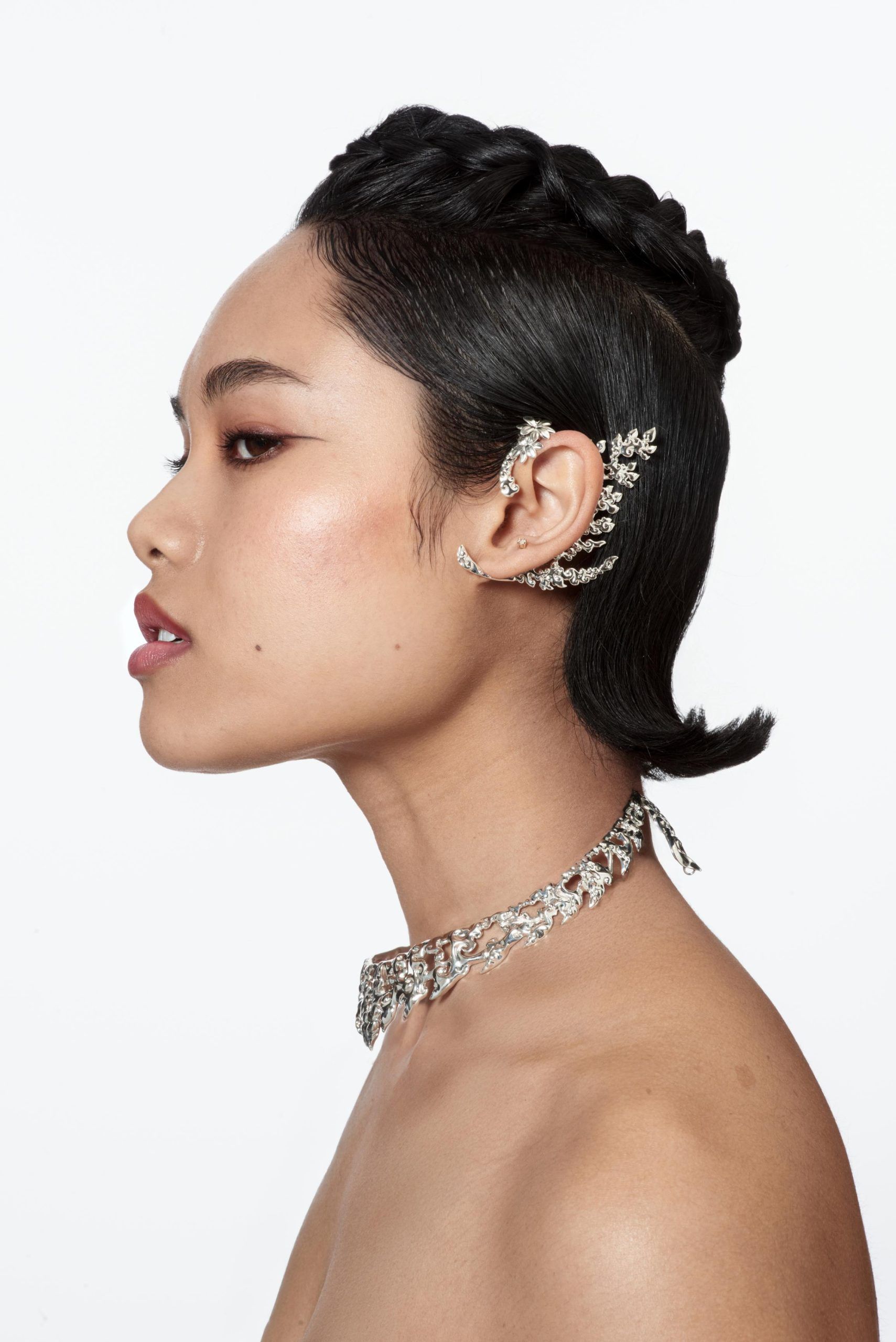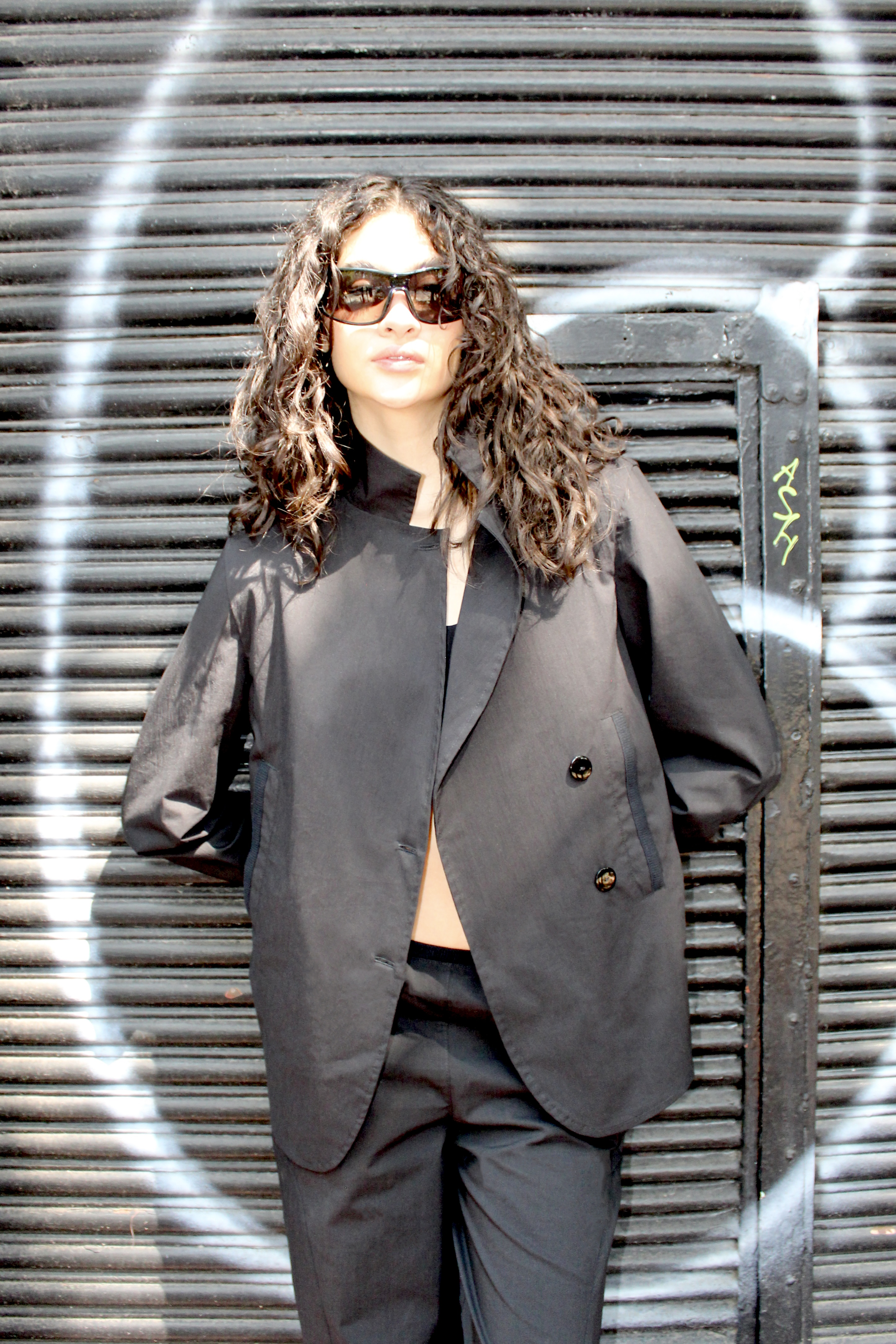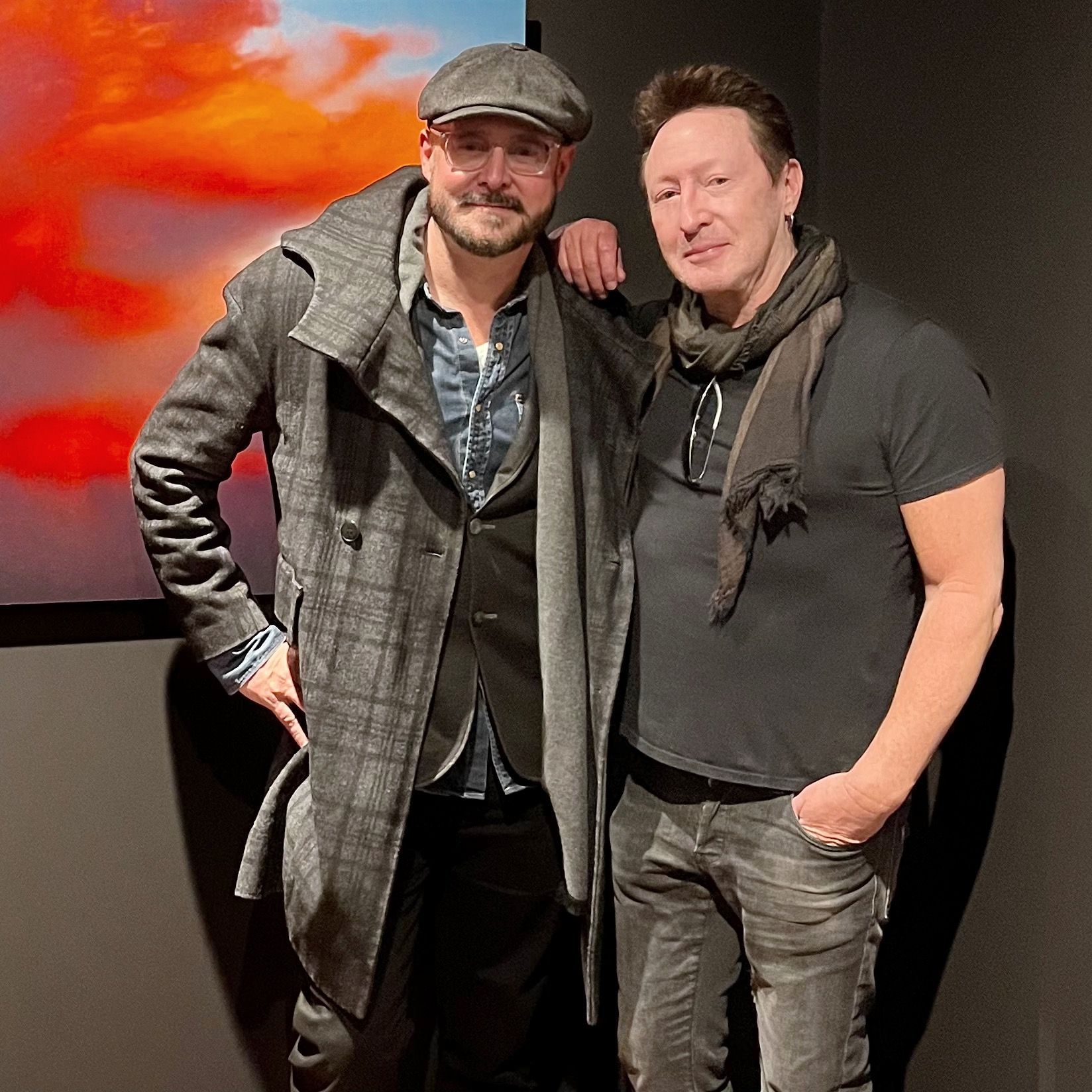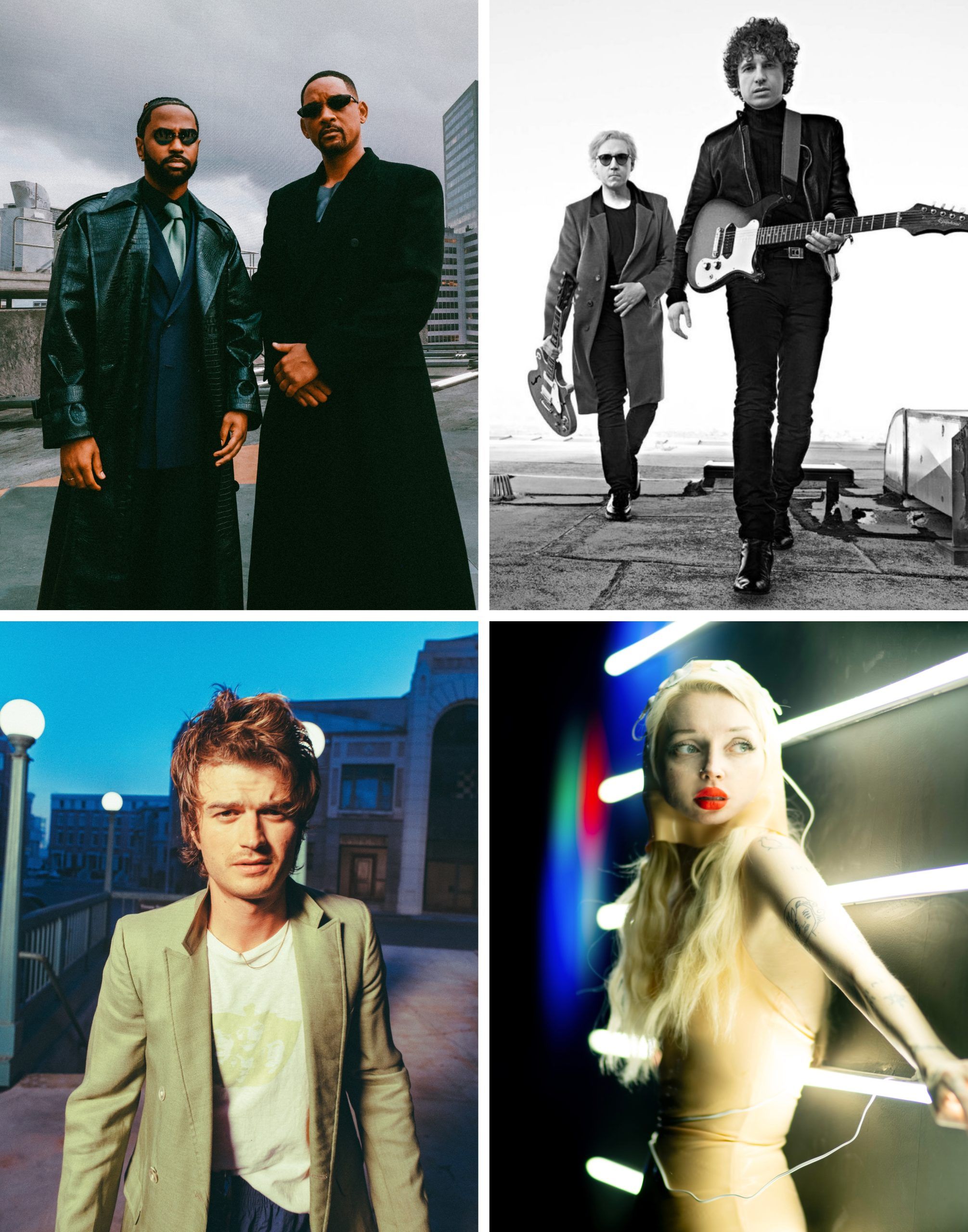Art and technology have always been intertwined, influencing each other throughout history. Today, one of the most exciting developments at this intersection is the rise of AI art generators. These innovative tools are changing how we create and appreciate art, making the process more accessible and inspiring than ever before.
What Are AI Art Generators?
AI art generators are software applications that use artificial intelligence to create images based on user inputs. They rely on algorithms and machine learning techniques to analyze vast amounts of data, learning from existing artworks to generate new, unique pieces.
Some popular AI art generators include DALL-E, Midjourney, and Imagine, each offering different features and capabilities.
The Evolution of Art Through Technology
The influence of technology on art is not new. From the invention of photography to the rise of digital art, each technological advancement has reshaped artistic expression. Now, with the emergence of AI art generators, we are witnessing another significant shift. These tools enable artists and non-artists alike to create artwork in ways that were previously unimaginable.
Benefits of Using AI Art Generators
One of the primary benefits of AI art generators is their accessibility. They lower the barriers for entry into art creation, allowing anyone to express their creativity, regardless of skill level. This democratization of art means that people who may not consider themselves artists can still produce visually appealing pieces.
In addition to accessibility, AI art generator enhances creativity. They provide inspiration and new ideas, encouraging artists to experiment with different styles and techniques. By generating a variety of images based on user prompts, these tools help spark creativity and push the boundaries of traditional art.
AI art generators also improve efficiency in the creative process. They speed up artwork creation, allowing artists to quickly iterate and revise their designs. This efficiency enables artists to focus more on their concepts and less on the technical aspects of creating art.
The Role of AI in Contemporary Art
AI art generators foster a unique collaboration between humans and machines. Many artists use AI as a collaborative tool, blending their creativity with the intelligence of algorithms. This partnership can lead to unexpected and exciting outcomes, resulting in innovative artworks that challenge conventional norms.
As AI continues to shape the art landscape, questions about authorship arise. Who owns the rights to a piece created by an AI? What does it mean to be an artist when machines can produce art? These discussions about originality and creativity are essential as we navigate this new frontier.
Ethical Considerations and Challenges
Despite the benefits, there are ethical considerations surrounding AI-generated art. Copyright issues are a significant concern, as the legal landscape surrounding AI creation is still evolving. Determining ownership of AI-generated artwork can be complex and fraught with challenges.
Another important debate focuses on authenticity. Some argue that art created by machines lacks the emotional depth and human touch found in traditional art forms. This raises questions about the value of AI-generated art and what it means to create.
Future Trends in AI Art Generation
Looking ahead, the future of AI art generators is promising. As technology advances, we can expect these tools to become even more sophisticated. They will likely play an increasingly important role in the art world and creative industries, pushing the boundaries of what is possible in art.
Conclusion
AI art generators are transforming the artistic landscape, making it easier for people to create and appreciate art. They empower individuals to express their creativity, enhance artistic collaboration, and challenge our understanding of authorship. Embracing this intersection of art and technology can lead to a richer, more diverse creative world.





